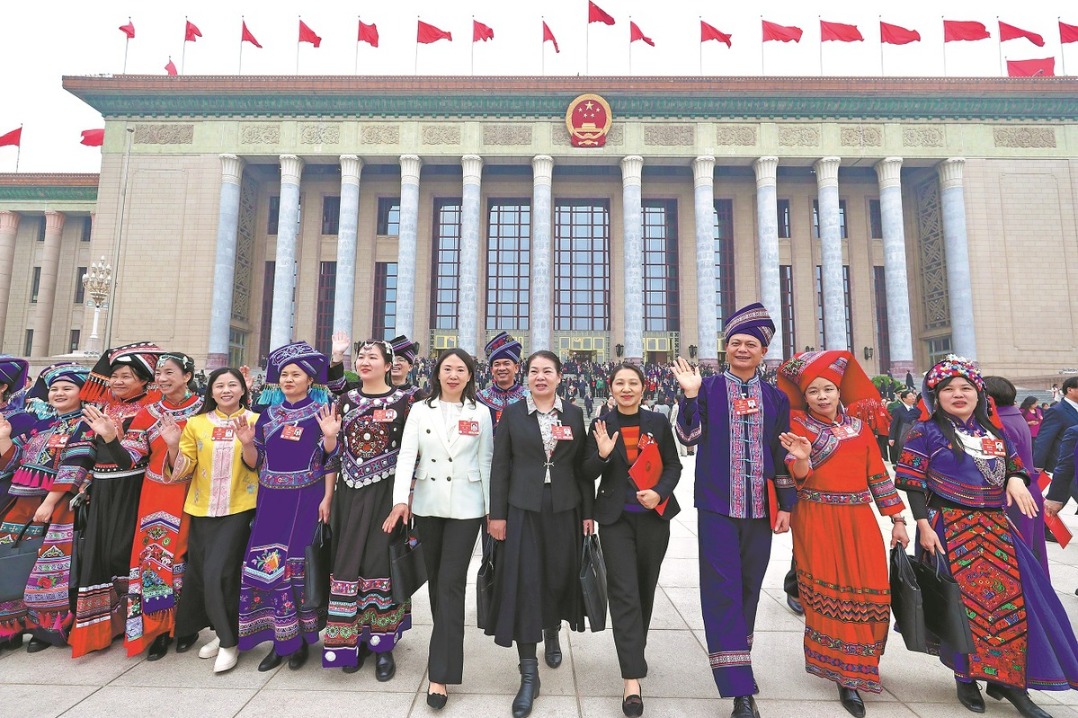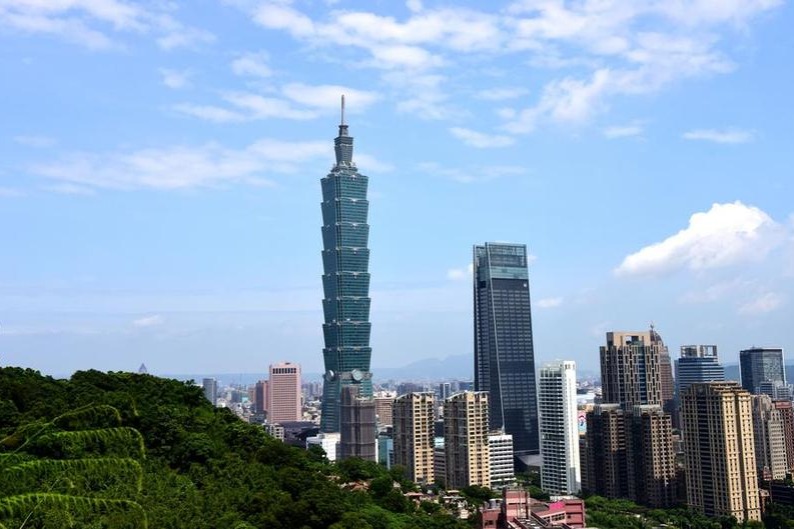New study traces below-cloud evaporation in Qinghai-Tibet Plateau hinterland

LANZHOU -- Chinese scientists have recently filled a gap in terms of long-term observation and research of below-cloud evaporation in the hinterland of the Qinghai-Tibet Plateau in the west of the country, according to the Northwest Institute of Eco-environment and Resources under the Chinese Academy of Sciences.
The study advances quantitative research on below-cloud evaporation in this critical region, deepening understanding of the response mechanism of the high-altitude hydrological cycle in the context of global warming, the NIEER said.
Conducted by a joint study team featuring researchers from the NIEER and the Institute of Mountain Hazards and Environment of the CAS, findings of this study have been published in the Journal of Hydrology.
The Qinghai-Tibet Plateau, dubbed "Asia's water tower," is a very important water resource reservoir. The stable precipitation isotope on this plateau serves as a key indicator in analyzing regional and global water cycles and is also widely used in paleoclimate reconstruction and water cycle research, said He Xiaobo, associate researcher at the NIEER.
The hinterland region of the Qinghai-Tibet Plateau, especially in the Tanggula Range area which is a climate transition zone, is the core location of "Asia's water tower." This region, notably, is experiencing significant warming and is becoming considerably wetter.
He noted that there used to be a gap in quantitative research regarding below-cloud evaporation in the hinterland of the Qinghai-Tibet Plateau, especially in the Tanggula Range area of the climate transition zone. The harsh high-altitude environment there had long hampered accumulation of long-term observation data, thus restricting understanding of the water cycle at such high altitudes.
Based on continuous observational data spanning a period of 12 years, the study team simulated the below-cloud evaporation process. Researchers combined long-term observations of stable precipitation isotopes and meteorological data with the Stewart model to estimate sub-cloud evaporation and determine its influence on precipitation isotopes in the Tanggula Range.
They quantified the degree of influence of below-cloud evaporation on stable precipitation isotopes and revealed the key driving factors and their mechanisms of action.
The annual weighted mean of the remaining raindrop fraction was estimated at 88.1 percent, and a significant increasing trend was observed at the annual scale, indicating a progressive weakening of below-cloud evaporation intensity in this region, according to the study.
Significant isotope modifications in precipitation were observed during the descent from the cloud base to the ground. This indicated that below-cloud evaporation contributed to a noticeable enrichment of heavy stable precipitation isotopes in the central region of the plateau.
By clarifying the impact of below-cloud evaporation on the amount of precipitation, this study provides a critical scientific basis for paleoclimatic reconstruction and water resource management in the central Qinghai-Tibet Plateau, He noted.
He disclosed that the study team will further expand its observation network, conduct studies across a longer timescale, and continuously reveal response mechanisms of the water cycle on the Qinghai-Tibet Plateau to changes in the global climate.
- New study traces below-cloud evaporation in Qinghai-Tibet Plateau hinterland
- Xi announces measures to support global women's cause
- Xi says women in China hold up 'half the sky' in economic, social development
- Xi says China achieves historic progress in women's development
- Xi puts forward proposals to advance women's all-round development
- Xi says advancing women's development is intl community's shared responsibility





































